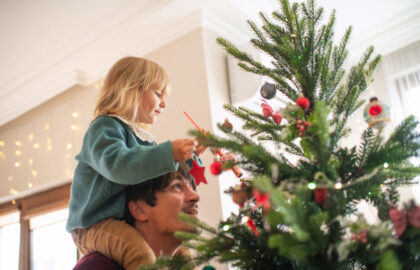
Young children are notoriously susceptible for being in the wars and there is nothing worse than dealing with their distress and pain. Knowing what you can do in the case of some of the more typical emergencies can give you confidence and help you deal with the problem effectively. It is also worth noting when to seek further medical help to prevent any long-lasting or life-threatening damage to your young charges.
Let’s look at some of the more common first aid problems you are likely to encounter with a small child:
Burns – The words “Don’t touch” can have a compelling and opposite effect to a young child and their inquisitiveness can get the better of them. Minor household burns can usually be remedied by holding the burned area under cool running water to relieve the pain. This can take up to 10 -15 minutes to work and even then, it is best to treat the area with a burn cream after you have got rid of the initial heat and pain. If the injury is anything more than a superficial burn, or if there is any material stuck to the burn – rush the child to hospital immediately.
Nose Bleeds are very common and can be caused by a number of things including vigorous nose-picking! The best way of dealing with this is to sit the child up and lean their head slightly forward. Do not put their heads back. Pinch the top of their nose and hold. If the blood doesn’t stop or slow substantially within a few minutes, then you may need a trip to the doctor. A cold compress on the back of the neck can help too. If the child appears dizzy or disorientated, take the child to Hospital Emergency immediately.
Young toddlers are very prone to choking and knowing how to deal with this can be a potential life-saver. In very young children, face them down along your forearm, support their neck and make sure their heads are lower than their bottom. Give a few sharp strikes between their shoulder blades. This should help dislodge whatever is causing them to choke. Never try and dig out the offending object with your fingers as this can result in the item becoming lodged even deeper. If you find that the child is having difficulty or not breathing at all – call an ambulance straight away.
Insect Bites or Stings are part of Australian everyday life. Bee, Wasp and Ant stings can be some of the worst and are the most common cause of anaphylaxis shock. If you child is stung by a bee do not try and remove the sting with tweezers. This can release even more venom from the poison sac normally left behind in the skin. If possible try to remove this as soon as the bite happens by scraping (a credit card is good for this purpose). Once the sting is removed, wash the area with warm soapy water and dry gently. Bull Ants and Wasps rarely leave a poison sac under the skin and you can administer first aid with a cold compress and some soothing insect cream. Keep an eye on the bite area for further infection and take your child to the hospital if the bite area becomes more inflamed over time.
Finally with school holiudays approaching the best tip is to be prepared. Every home should have a well-equipped and up-to-date first aid kit and why not enrol yourself in a first aid course? It could save the most important life in the world…..








